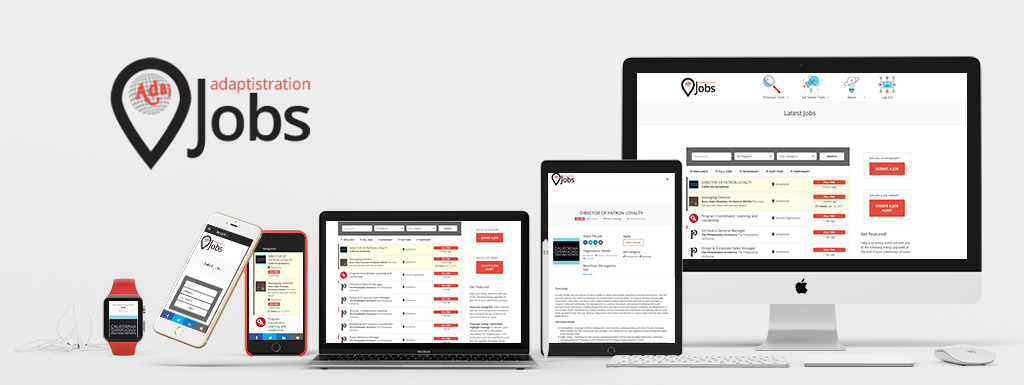Regular readers know that institutional transparency is an important topic here at Adaptistration as it impacts nearly every aspect of a performing arts organization. Nonetheless, the majority of orchestral institutions don’t embrace institutional transparency as it applies to financial disclosure and up until a year ago, that didn’t have much impact on operations. But since the onset of the economic downturn and the resulting wave of corporate and non-profit scandals, that attitude is no longer an affordable luxury…
Unfortunately, the vast majorities of orchestras are needlessly increasing the risk of negative public attention and degraded fundraising performance by turning a blind eye toward recommended solutions. To get an idea of just how pervasive this problem is and how far behind U.S. orchestras are compared to their closest North American peers, you only need to look at the 2009 Orchestra Website Reviews. Of the organizations included in the review, 42 percent of Canadian orchestra websites provide financial transparency documents in the form of financial statements and/or reports whereas only 15 percent of U.S. orchestras provide an annual report or IRS Form 990:
Moreover, among the 15 percent of U.S. orchestras that provide an annual report or IRS Form 990, only four provided both (less than five percent). Ultimately, the decision to embrace institutional transparency so far as to provide the most basic of public inspection documents at an organization’s website, the foremost point of non-artistic contact with patrons, is exactly that, a decision. Unfortunately, too many U.S. orchestras are choosing against institutional transparency.
At the same time, it does require time and resources to gather this information for the purpose of providing it at a website. And with time and resources at most organizations stretched thin, I’m going to help out by providing some direct support. All an organization will have to do to take advantage of this free service is decide whether or not institutional transparency in the form of financial documents designed to promote public inspection is something they support.
Details will go up in tomorrow’s article; in the meantime, take a moment to read an article from June 30, 2005 about institutional transparency along with an interview with Suzanne E. Coffman, Director of Communications at GuideStar.com, the online service with a mission to revolutionize philanthropy and nonprofit practice with information. It is encouraging to see that GuideStar’s about page features a statement that reaffirms their commitment to institutional transparency.
GuideStar was founded to promote nonprofit transparency and to provide a central repository of nonprofit information that donors could use to guide their giving decisions. Although both our audience and the ways in which we deliver nonprofit information have expanded over the years, our belief in the importance of transparency has never wavered.



